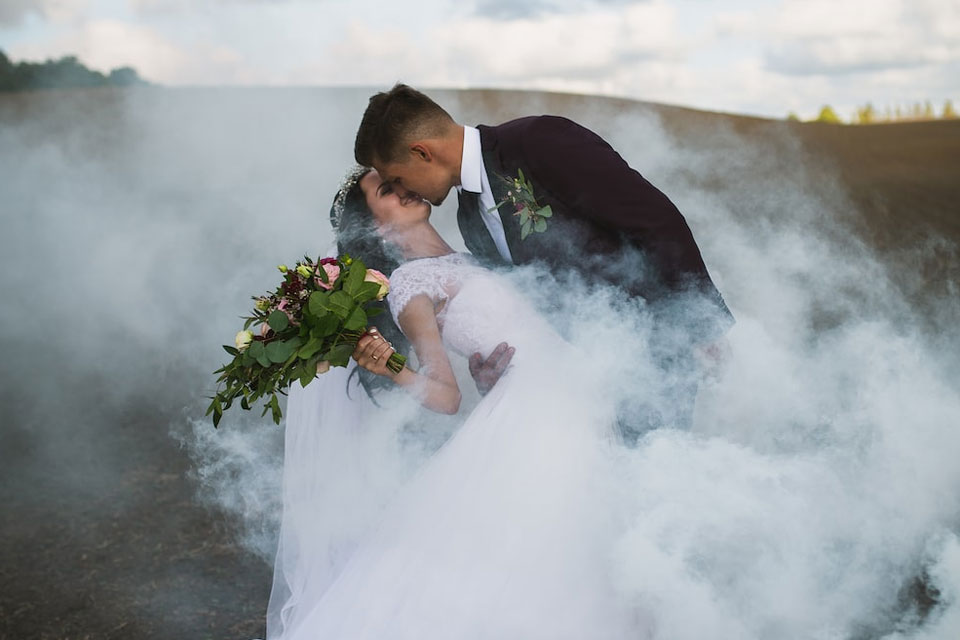In today’s digital age, where information spreads rapidly and effortlessly across the internet, discerning truth from falsehood has become an increasingly daunting task. One of the most prevalent forms of misinformation is the manipulation of images, which can deceive, manipulate, and mislead viewers. The proliferation of advanced editing tools and the ease of sharing images online have made it incredibly challenging to distinguish between authentic and doctored photographs. In this essay, we will delve into the complexities of identifying fake pictures online, exploring the techniques used to create them, the implications of their spread, and the strategies for combating this phenomenon.
First and foremost, it is essential to understand the various methods employed to fabricate images. Photoshop, the ubiquitous photo editing software, allows users to alter images with precision and ease. From simple adjustments like color correction and cropping to more sophisticated techniques such as cloning and compositing, Photoshop provides a wide array of tools for manipulating photographs. Additionally, advancements in artificial intelligence have led to the development of deep learning algorithms capable of generating highly realistic synthetic images. These AI-generated images, known as deepfakes, can seamlessly blend faces onto different bodies, create entirely fabricated scenes, or even manipulate facial expressions and gestures with remarkable accuracy.
The implications of fake pictures extend far beyond harmless pranks or digital artistry. They can be used to spread misinformation, manipulate public opinion, and incite conflict. In the realm of politics, fake images can be employed to smear opponents, fabricate evidence, or create false narratives. During elections, for instance, manipulated photographs can be circulated to portray candidates engaging in illicit activities or behaving inappropriately, thus influencing voters’ perceptions. Similarly, in the context of warfare or international conflicts, fake images can be weaponized to provoke outrage, rally support for a particular cause, or justify military intervention. By manipulating images of civilian casualties or alleged atrocities, malign actors can manipulate public sentiment and escalate tensions.
Furthermore, the widespread dissemination of fake pictures undermines the credibility of journalism and erodes trust in media institutions. In an era where anyone with internet access can create and share content, distinguishing between authentic photographs and digitally altered ones has become increasingly challenging for journalists and fact-checkers. Misleading or doctored images can easily go viral on social media platforms, spreading misinformation like wildfire before corrections can be made. This phenomenon, known as the “infodemic,” poses a significant threat to public discourse and democratic processes, as falsehoods and distortions can shape public opinion and policy decisions.
Given the pervasive nature of fake pictures online, combating their spread requires a multifaceted approach. Education plays a crucial role in empowering individuals to critically evaluate the images they encounter online. By raising awareness about the prevalence of digital manipulation and teaching techniques for identifying fake pictures, educators can help inoculate the public against misinformation. Critical thinking skills, media literacy, and an understanding of basic visual cues can all contribute to a more discerning online populace.
Moreover, technological solutions can aid in detecting and debunking fake pictures. Advances in image forensics, such as reverse image search algorithms and forensic analysis tools, enable researchers to identify inconsistencies or anomalies in photographs that may indicate manipulation. By scrutinizing metadata, pixel patterns, and compression artifacts, analysts can uncover traces of tampering and assess the authenticity of an image. Furthermore, collaborations between tech companies, researchers, and fact-checking organizations can facilitate the development of automated tools for detecting fake pictures and flagging them for review.
Additionally, promoting ethical standards and responsible behavior among content creators is essential for combating the spread of fake pictures. Photographers, graphic designers, and digital artists should adhere to principles of honesty and transparency in their work, disclosing any edits or alterations made to images. Platforms and social media companies can also play a role by implementing policies and algorithms to detect and remove misleading or doctored content. By prioritizing accuracy and integrity over sensationalism and clickbait, online communities can foster a culture of trust and accountability.
In conclusion, identifying fake pictures online is a formidable challenge that requires a combination of education, technology, and ethical standards. As digital manipulation techniques become increasingly sophisticated and the spread of misinformation escalates, it is more important than ever to equip individuals with the skills and tools needed to navigate the digital landscape responsibly. By promoting media literacy, investing in technological solutions, and upholding ethical standards, we can mitigate the harmful effects of fake pictures and preserve the integrity of information in the digital age.



